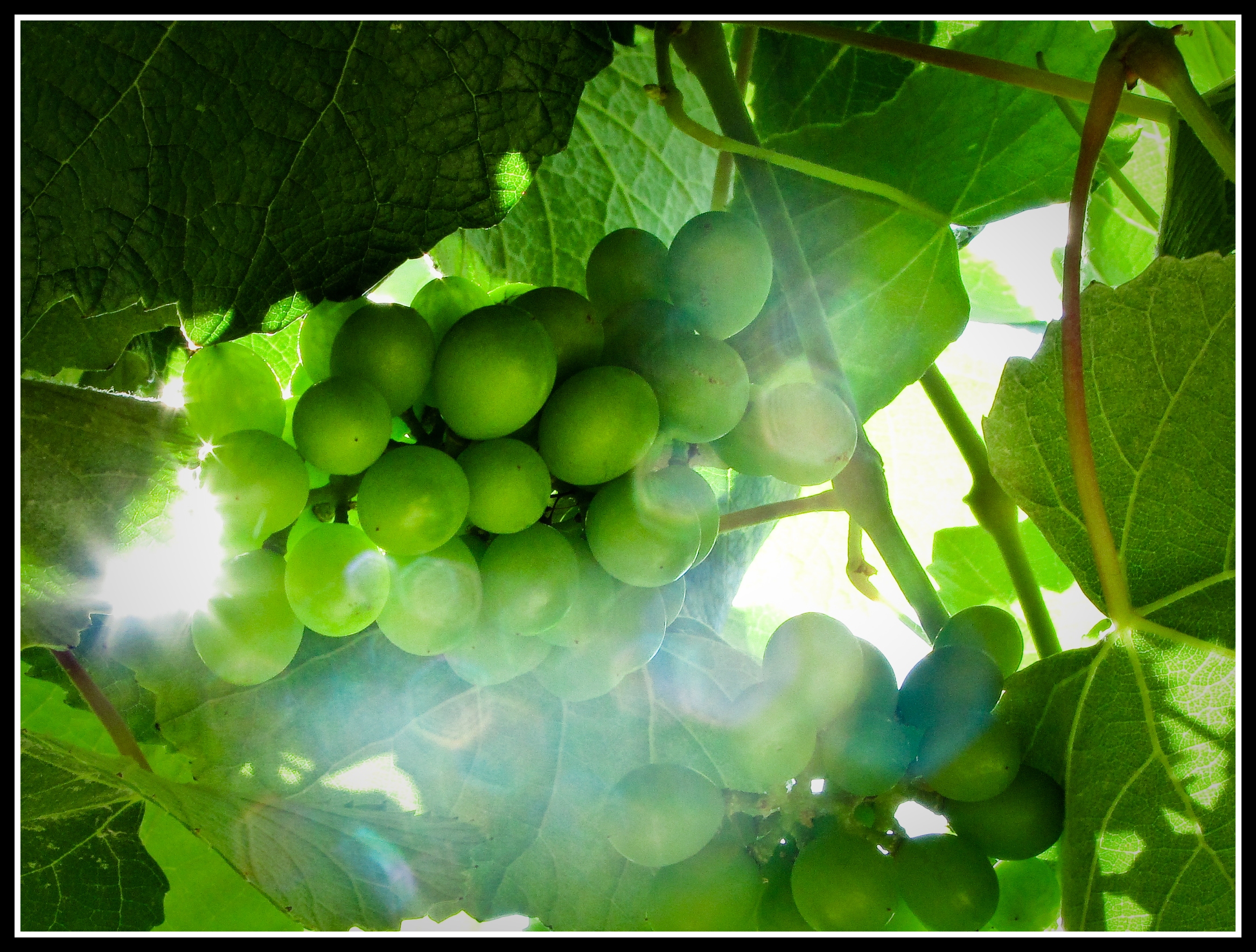Genesis and the Fig Tree: The Creative Life
Rebecca Spears
 I got lost in it and didn’t hear her at first. “It’s time to go,” my mother called out from the back porch of our neighbor’s house. Mr. Roberts lived alone, the oldest man in the neighborhood, over a 100 years old. I thought the fig tree must be that old—it was massive. It was easy to get lost inside the leafy, twisting branches. The tree, while two or three times taller than my ten-year-old self, also spread over a good quarter of Mr. Roberts’ backyard.
I got lost in it and didn’t hear her at first. “It’s time to go,” my mother called out from the back porch of our neighbor’s house. Mr. Roberts lived alone, the oldest man in the neighborhood, over a 100 years old. I thought the fig tree must be that old—it was massive. It was easy to get lost inside the leafy, twisting branches. The tree, while two or three times taller than my ten-year-old self, also spread over a good quarter of Mr. Roberts’ backyard.
While my mother had a cup of coffee with our neighbor, I circled around in the tree’s low-lying branches, content to be by myself. Leafy doors to “rooms” inside this treehouse opened before me. Other branches bowered over me, the leaves crossing one another to make ceilings, yet there were plenty of skylights, too. When I brushed against the fig leaves, they set off a spicy smell like cinnamon and nutmeg.
My young mind was hooked, enchanted. I sat in one spot a while and made up stories of the fortunate girl living inside this extraordinary home, in charge of her siblings, because she was the only one who knew how to navigate the halls and rooms. I couldn’t live there for long, however. After a short half-hour, it was time to go home.
My mom and I walked home, just up the street. There, I wasn’t in charge. Home was a houseful of brothers, ever-active and more competitive than I was, particularly my oldest brother, who seemed to live and breathe just to taunt me or best me or race me. The only place I could be myself, it seemed, was in my imagination.
So I’d made my closet into a little room to hide myself away, a place where I could read or draw or live in my thoughts. This may be the real genesis of my creative life, but it is always connected to that fig tree, too. My closet wasn’t exactly a lovely place: it held a shelf of my toys, clothes skewed on hangers and hooks, shoes, and dust bunnies. The fig tree, by contrast, was a natural wonder and brightened all my senses.
Its huge leaves and swirling branches have charged my imagination all my life. I’ve got other early memories of fig trees. My grandmother and grandfather in central Texas, near Austin, had a huge backyard garden where they grew pomegranates, figs, tomatoes, squash, and beans. I felt that same state of wonder when I helped harvest the pomegranates or figs, or worked down the garden rows with my grandmother, picking the vegetables.
I’ve found I’m partial to stories that mention the fig tree, too, a tree which has been around since biblical times. There’s Katherine Anne Porter’s story “The Fig Tree” and Barbara Pym’s novel A Glass of Blessings. Fig trees complicate and enliven the sacred stories as well. They appear in Genesis, in the Garden of Eden. The trees fed the first humans their plump fruits. I can see how the fig tree also made a convenient place to hide. And the amazing leaves—of course they could be used for a quick covering. Adam and Eve sewed the first clothes from fig leaves.
Included in the promise of the Promised Land is the fig. This place, sought by God’s people, was “a land with wheat and barley, vines and fig trees, pomegranates, olive oil and honey” (Deuteronomy 8.8, NIV). The fig tree also makes its appearance in other books of the Bible. George Tsakiridis, in “Vine and Fig Tree,” commented that George Washington often used the phrase “under their vine and fig tree” in his correspondence. He says Washington was referring most likely to Micah 4.4: “But they shall all sit under their own vines and under their own fig trees, and no one shall make them afraid.”
For Washington, the phrase symbolically indicated “the independence of the peasant farmer who is freed from military oppression,” an apt image that early American settlers aspired to. Washington’s own fondness for life at Mount Vernon can be tied to this image, his own place “under the vine and fig tree.” I think this is the pull of the fig tree for me as well. It represents the place of my independence, where my imagination took hold, and I began to grow aesthetically and intellectually.
